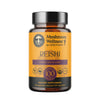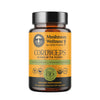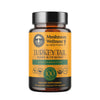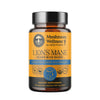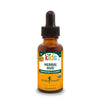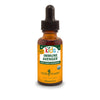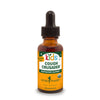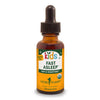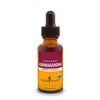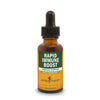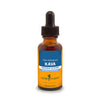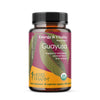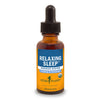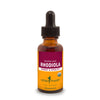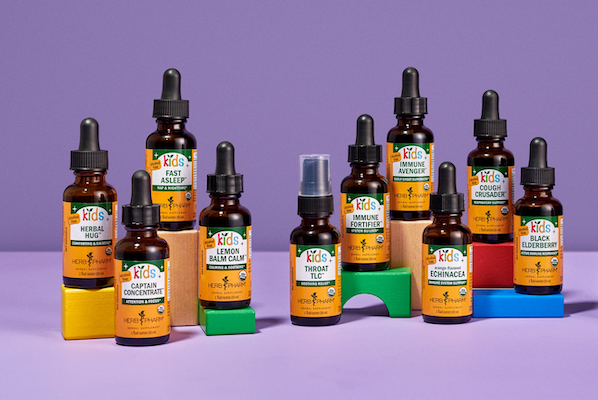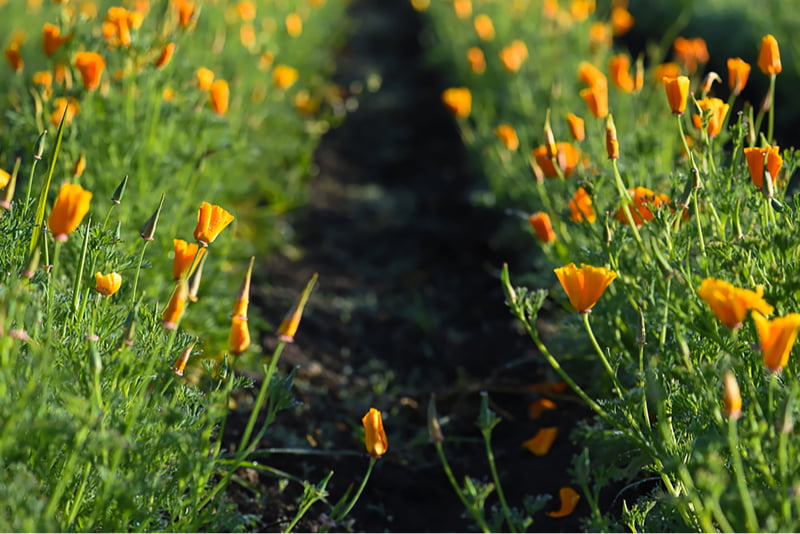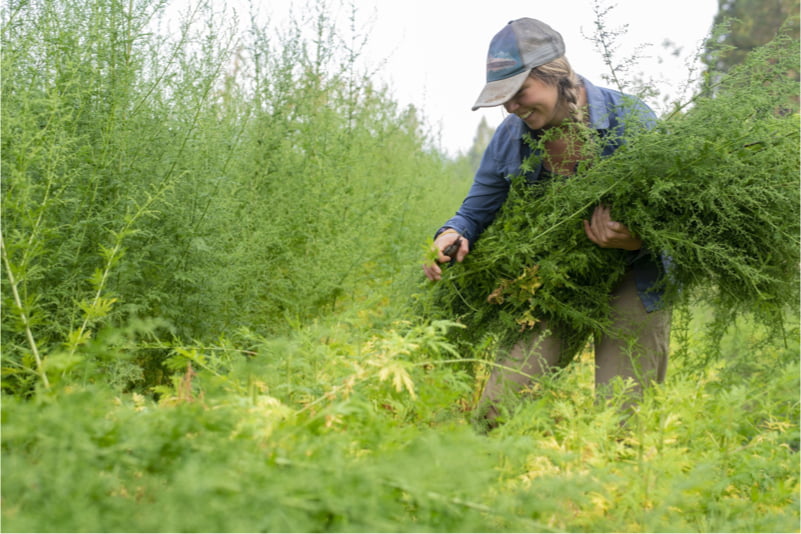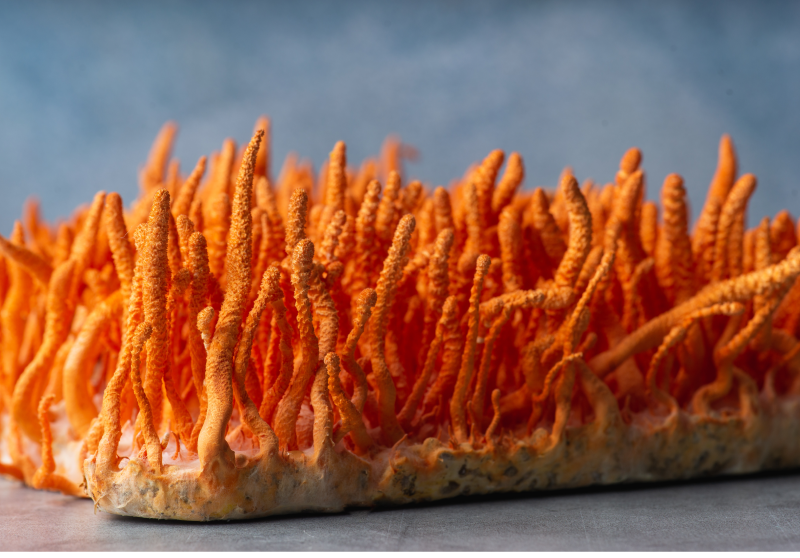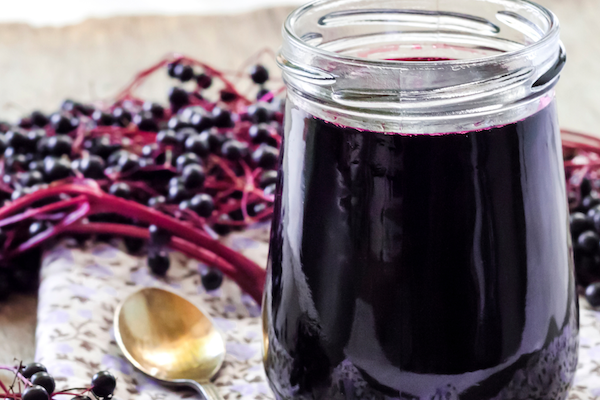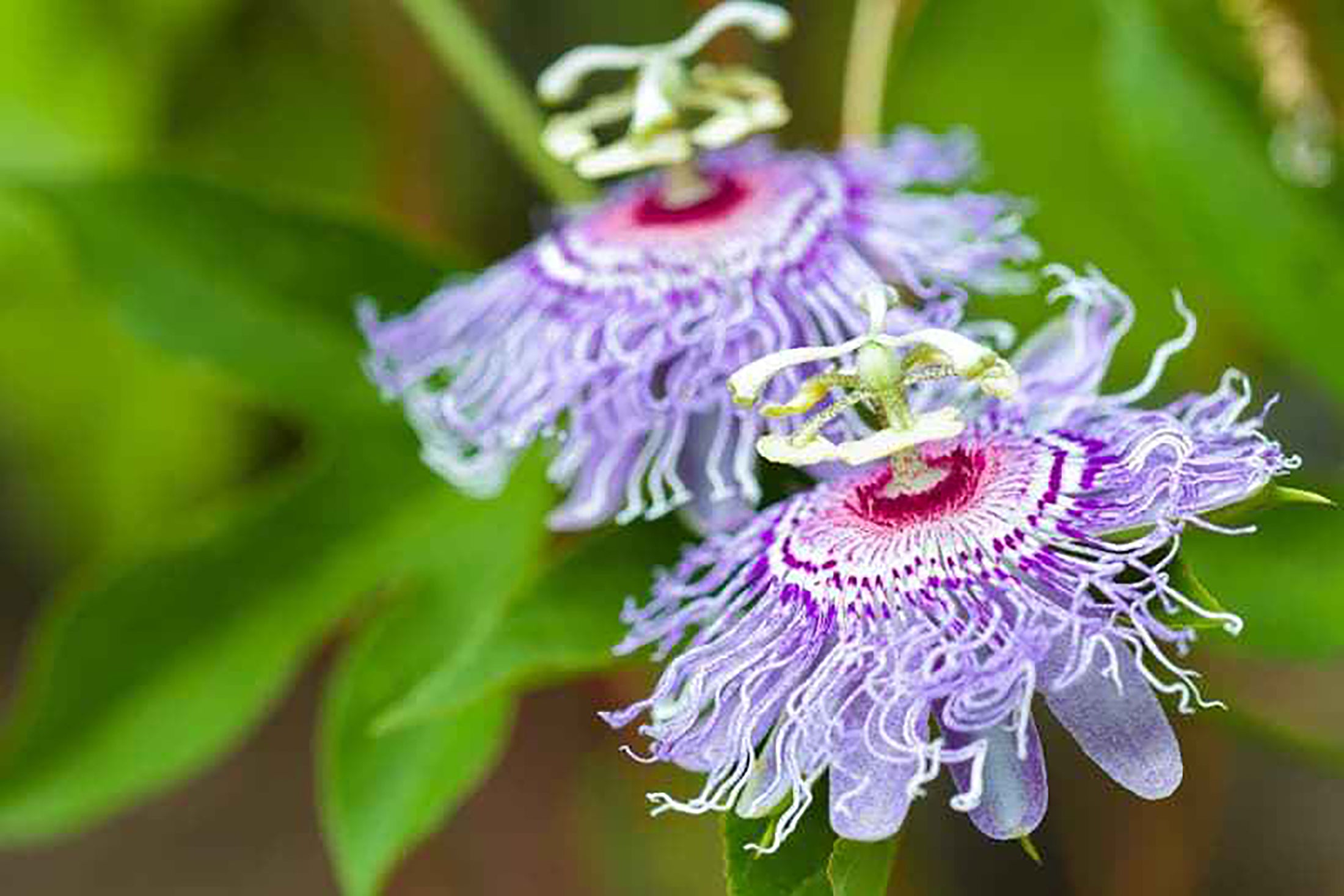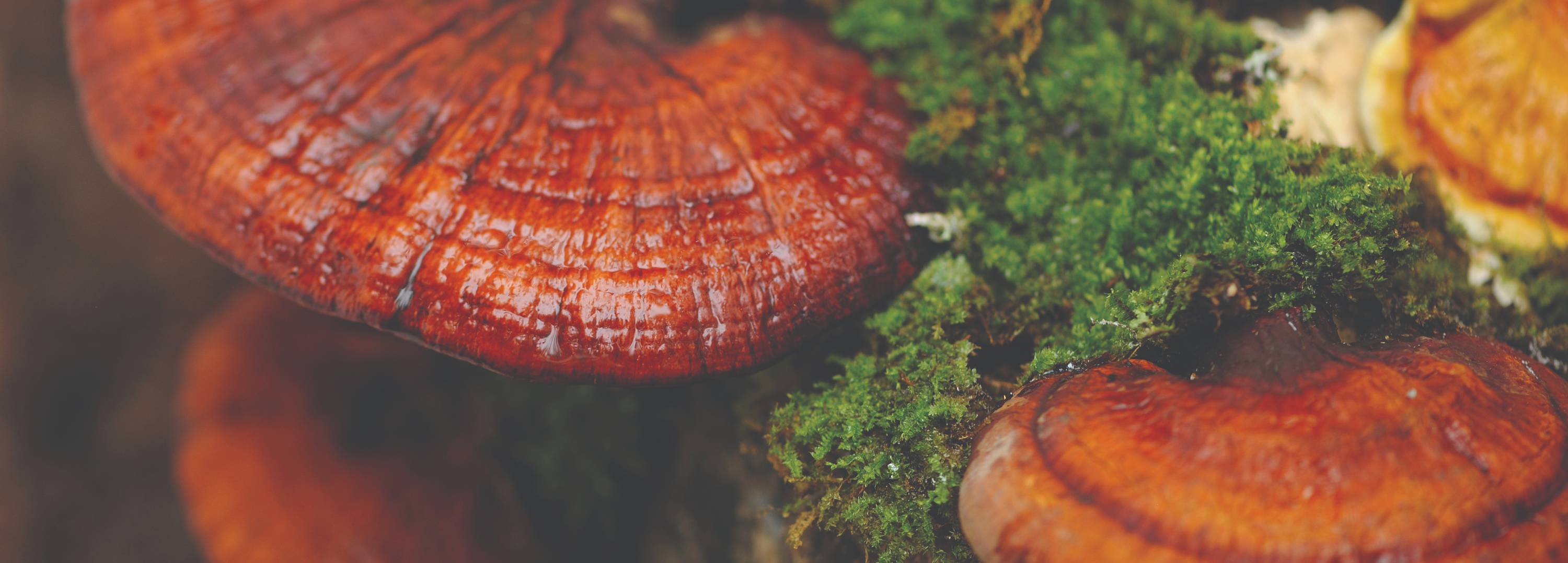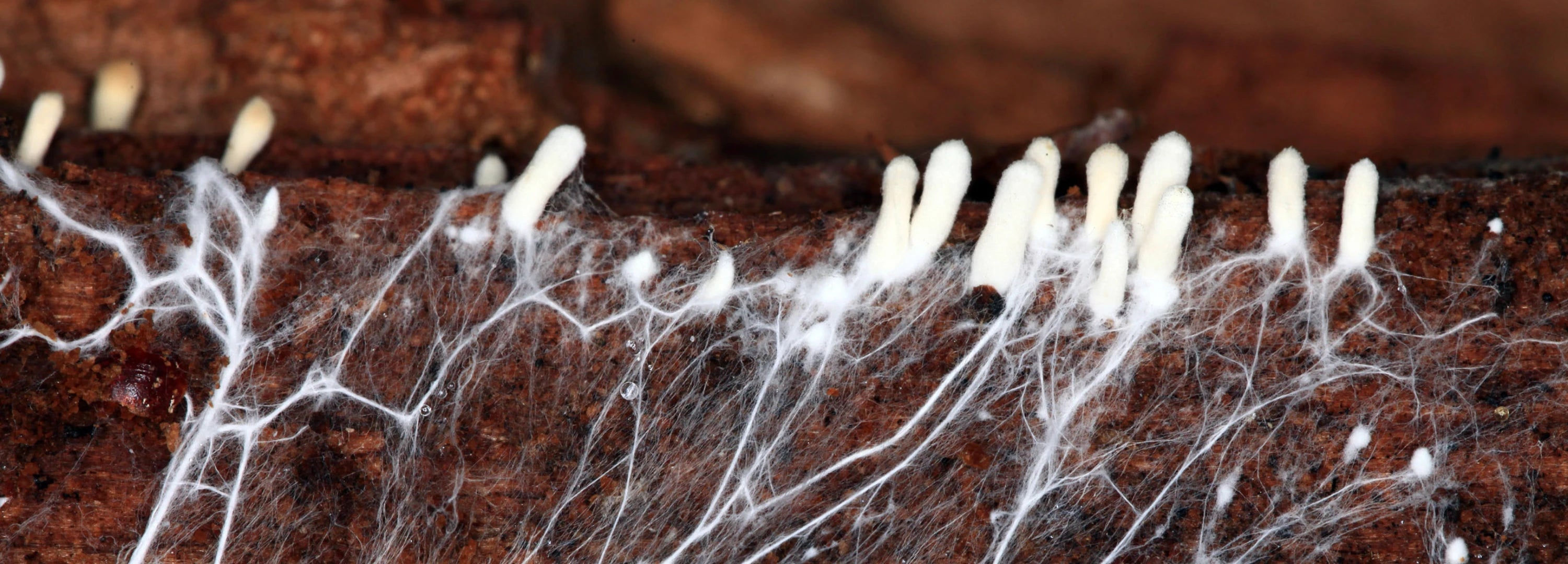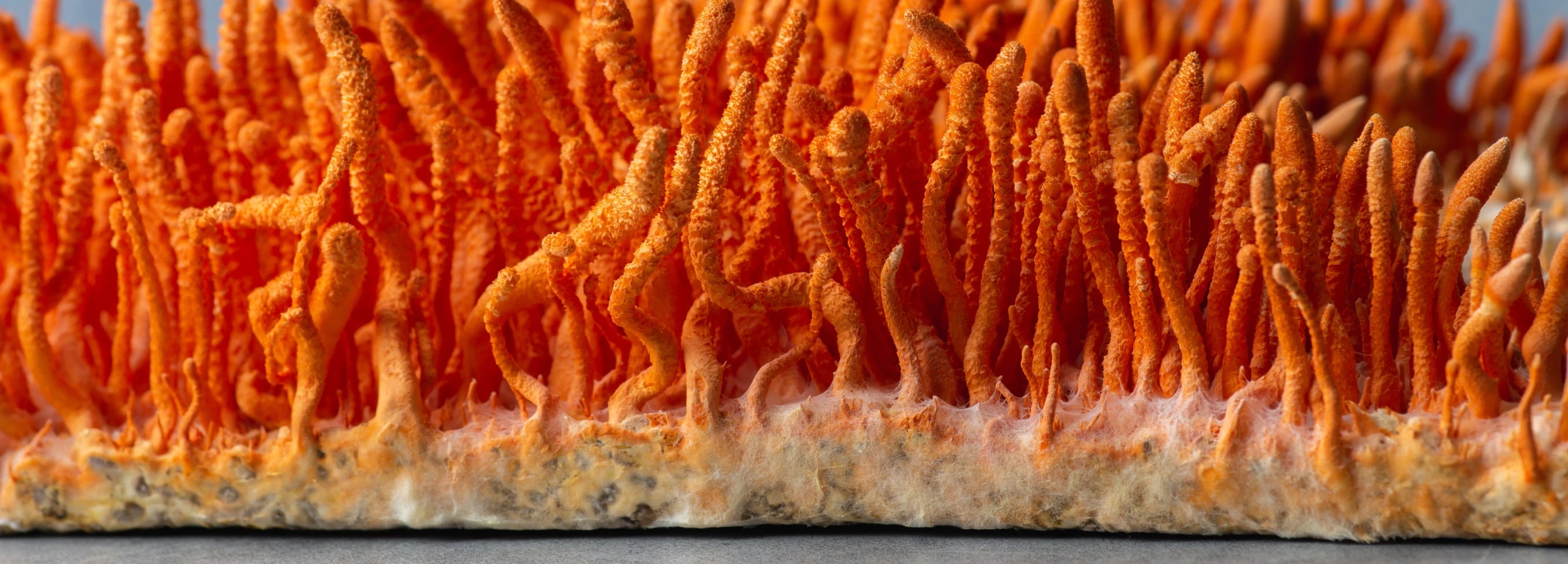
Mushroom WellnessOct 3, 2024
Mushroom Mycelium vs Fruiting Body: What’s Better?
There’s a big debate among makers of mushroom supplements about which part of the mushroom is more
beneficial: the fruiting body or the mycelium. If you’ve done any reading on the subject, it gets confusing
quickly! This blog post will explain what these two mushroom parts are, the arguments on both sides, our
stance on the controversy, and the issue the debate overshadows. Understanding this information will help
you make informed choices when purchasing mushroom products.

Fruiting Body
The above-ground “fruit” or visible portion that is commonly referred to as simply “mushroom”.
Mycelium
Network of fungal threads that is the living organism and produces the fruiting body.
Understanding Mushroom Parts
The mushroom fruiting body is the visible, above-ground portion of the fungus. Fruiting bodies can take
many forms, but the most recognizable is the classic stem with a cap on top. The mycelium is the
intricate network of threadlike filaments that compose the non-visible, vegetative portion of mushrooms.
When comparing mushrooms to plants, the mycelium functions similar to roots, often hidden underground or
within a host like a tree or insect.
The Crux of the Debate
One side of the mushroom debate claims that the fruiting body contains higher levels of key constituents,
such as beta-glucans, making it the better choice. However, proponents of mycelium use argue that
mycelium can also be a source of valuable compounds and should not be overlooked.
The truth is that both portions are highly valuable, both in terms of the variety of mycochemical
compounds they contain as well as their supportive properties.
Some Overlap, Some Differences
There is known to be significant overlap in the compounds contained in both portions of the fungus. In
that way, they bring many of the same benefits to the table.
While research is ongoing and we still have much to discover regarding the benefits of mycelia versus
fruiting bodies, some research suggests that the different compounds present in each part of the fungus
provide different, but complementary, benefits.1,2.3
Transparency Matters
Unfortunately, this debate has overshadowed an issue of much greater concern: the lack of transparency
among supplement manufacturers. Transparency around things like cultivation methods gives mushroom
lovers the information they need to make informed choices.
How mushroom ingredients are cultivated greatly affects not only their mycochemical profile, but also
their supportive properties. This is especially true for mycelia, which are grown on substrates like
grain or wood. If the cultivation process is rushed and the substrate is harvested before optimal
mycelial growth, you get an ingredient with higher grain content than mycelium. As a result, it will
have lower levels of key compounds and therefore fewer supportive properties. That’s why it’s essential
to learn as much as you can about a company’s mushroom cultivation practices and to look for verified
levels of key constituents on the label.
References
- [1] Qian F.G., Xu G.Y., Du S.J., Li, M.H. (1990). Isolation and identification of two new pyrone
compounds from the culture of Hericium erinaceus. Yao Xue Xue Bao. 25(7), 522–525.
- [2] Kenmoku, H., Kato, N., Shimada, M. & et al. (2001) Isolation of (-)-cyatha-3,12-diene, a common
biosynthetic intermediate of cyathane diterpenoids, from an erinacine-producing basidiomycete, Hericium
erinaceum, and its formation in a cell-free system. Tetrahedron Letters, 42(43), 7439–7442.
- [3] Wang, K., Bao, L., Qi, Q. & et al. (2015). Erinacerins C–L, isoindolin-1-ones with a-glucosidase
inhibitory activity from cultures of the medicinal mushroom Hericium erinaceus. Journal of Natural
Products. 78(1):146–154.
